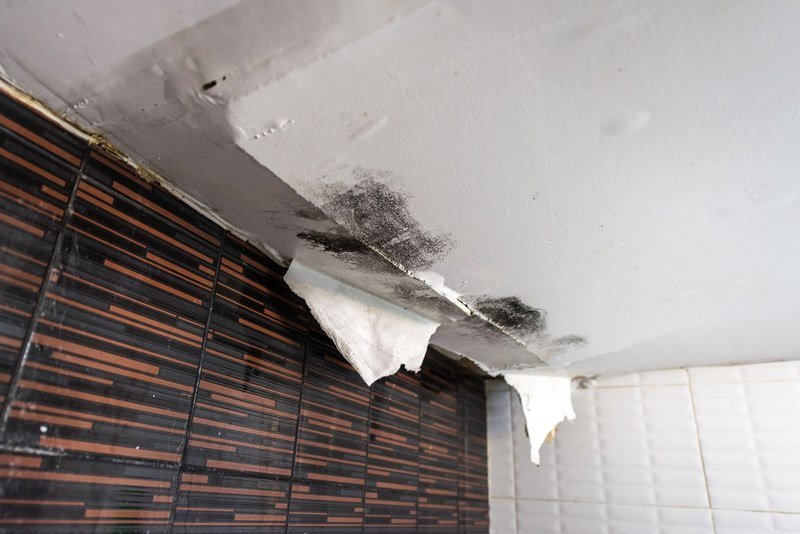Learning About What Leads To Water Seepage Occur So Often Within Your Residence
Learning About What Leads To Water Seepage Occur So Often Within Your Residence
Blog Article
This article below in relation to How to detect water leaks in your home is totally attention-grabbing. You should give it a look.

Leaks not only create waste of water however can also trigger unneeded damage to your residence and also advertise unwanted natural growth. Sadly, water leakages may go undetected given that the majority of the pipework in our house is concealed. By understanding and also looking for daily situations that trigger leaks, you can protect your house from future leaks and unnecessary damage. Today, we will look at six leak causes that might be creating your pipelines to drip.
Instantaneous temperature adjustments.
Severe temperature level adjustments in our pipelines can create them to broaden and get suddenly. This expansion and contraction may create cracks in the pipes, especially if the temperature level are below cold.
Rusty water systems
This may be the reason of discoloration or warping on your water pipes. If our plumbing system is old, think about changing the pipelines considering that they are at a greater danger of rust than the more recent versions.
Faulty Pipe Joints
The point at which your pipes attach is often the weakest link in the waterline. Pipeline joints can wear away in time, resulting in water leaks. The bulk of pipe joints are not quickly noticeable. If you have loud pipes that make ticking or banging noises, particularly when the warm water is activated, your pipe joints are most likely under a lot of pressure. It is a good idea to have your plumber inspect your system once a year.
Trespassing origins
The majority of water leaks start outside your house rather than inside it. If you notice an abrupt decrease in water stress, claim in your tap, take time to head out as well as analyze your backyard. You might observe damp patches or sinkholes in your backyard, and that may indicate that tree origins are getting into water lines causing water to seep out. You can have your plumber check for invasion, especially if you have trees or hedges near your property.
Poor Water Connectors
Sometimes, a leakage can be brought on by loose hoses and also pipes that supply your home appliances. Most of the time, shifting is what triggers the loose water Links. You might discover in the case of a washing device, a hose may spring a leakage due to trembling throughout the spin cycle. In case of a water links leak, you may discover water running directly from the supply line or puddles around your home appliances.
Clogged Drains
Blocked drains pipes could be bothersome and inconveniencing, yet they can often wind up triggering an overflow resulting in break pipes. Keep removing any type of materials that might decrease your drains that could block them to prevent such inconveniences.
All the above are root causes of leaks but not all water leaks result from plumbing leakages; some leakages could come from roofing system leakages. All leakages need to be fixed right away to stay clear of water damages.
Leaks not only trigger waste of water yet can also cause unneeded damage to your residence and also advertise undesirable organic development. By looking and also recognizing for daily situations that cause leaks, you can safeguard your home from future leaks as well as unneeded damage. Today, we will look at 6 leakage causes that might be triggering your pipelines to trickle.
At times, a leak can be triggered by loosened hose pipes and also pipelines that provide your home appliances. In instance of a water links leakage, you might discover water running straight from the supply line or puddles around your appliances.
How To Check For Water Leak In Your Home
How To Check for Leaks
The average household's leaks can account for nearly 10,000 gallons of water wasted every year and ten percent of homes have leaks that waste 90 gallons or more per day. Common types of leaks found in the home are worn toilet flappers, dripping faucets, and other leaking valves. These types of leaks are often easy to fix, requiring only a few tools and hardware that can pay for themselves in water savings. Fixing easily corrected household water leaks can save homeowners about 10 percent on their water bills.
To check for leaks in your home, you first need to determine whether you're wasting water and then identify the source of the leak. Here are some tips for finding leaks:
Take a look at your water usage during a colder month, such as January or February. If a family of four exceeds 12,000 gallons per month, there are serious leaks.
Check your water meter before and after a two-hour period when no water is being used. If the meter changes at all, you probably have a leak.
Identify toilet leaks by placing a drop of food coloring in the toilet tank. If any color shows up in the bowl after 10 minutes, you have a leak. (Be sure to flush immediately after the experiment to avoid staining the tank.)
Examine faucet gaskets and pipe fittings for any water on the outside of the pipe to check for surface leaks.
Undetected water leaks can happen without the home or business owner even realizing. If you suspect a water leak, but not able to find the source. It is time to contact a professional water leak detection service, The Leak Doctor.
How To Find a Water Leak In Your Home
https://www.leakdoctor.com/blog/How-To-Check-For-Water-Leak-In-Your-Home_AE197.html

I am just very focused on Most Common Causes of Leaky Pipes and I'm hoping you enjoyed reading the piece. Are you aware of somebody else who is interested by Common Water Leaks In House? Take a moment to share it. Many thanks for taking the time to read it.
We're your solution! Report this page